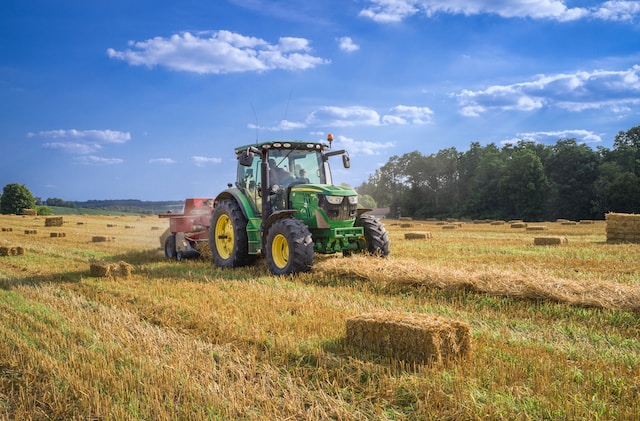
Zambia has positioned agricultural productivity at the helm of its development agenda for the coming years. Unquestionably, agriculture has continued to play a significant role in the country’s progress toward an industrialized and diversified economy. A 2022 report by the Ministry of Livestock and Fisheries indicates that the Zambian agriculture sector accounts for about 19% of the country’s Gross Domestic Product (GDP) and 75% of the labour force. In this regard, the sector not only works to support domestic food consumption but also spins the wheels of economic productivity by supporting the manufacturing sector, employment creation as well as commerce and trade.
In 2022, the Zambian government rolled out the Comprehensive Agricultural Transformation Support Programme (CATSP) which also exists as the Second National Agriculture Investment Plan (NAIP). This sector policy document is deliberately aligned with Vision 2030, Agenda 2063, and the Eighth National Development Plan (8NDP) in response to national, continental, and international aspirations for the agricultural and agribusiness sectors. Ultimately, CATSP’s expected result is increased private sector investments into the uptake of technologies, generating increased productivity, value addition, and trading of quality agriculture commodities.
The agricultural sector remains the primary source of raw resources for the manufacturing and food processing industries in Zambia. This underscores the strong correlation between the growth of the two (2) sectors over the past decade coupled with the need to further explore value-added agriculture as a tool for promoting economic growth. Value-added agriculture places a requirement on research, processing, and marketing as core functions in agro-processing.
Against this backdrop, I will now offer strategies for leveraging the potential of value-added agriculture in supporting economic growth, with a focus on industrial innovation and market coordination.
The Agricultural Marketing Resource Centre (AgMRC) in a 2023 release defines industrial innovation as a specific type of innovation, which involves processing traditional crops into nonfood end uses. The release proceeds to outline how these value-adding innovative activities utilize research with a view to finding industrial, nonfood uses for common agricultural products. Carbohydrates, fats, and fibers obtained from conventional crops such as wheat, maize, and oilseed rape are some well-known non-food end products. According to the International Trade Administration (2022), a significant portion of Zambia’s domestic production is comprised of crops such as maize, sorghum, millet, and cassava, while exports are driven by sugar, soybeans, coffee, groundnuts, rice, cotton, and horticultural produce. This opens up a slew of potential for value-added agriculture through industrial innovation.
Market coordination, both vertical and horizontal, represents further uncharted territory for leveraging the potential of value-added agriculture in Zambia. The key rationale behind this strategy is that few farmers and producers possess all of the very sophisticated skills and resources necessary for processing, marketing, and business management, not to mention staying efficient with their production enterprises. Therefore, a coordinated effort through upstream and downstream linkages of farmers and producers is needed to increase market efficiency. AgMRC, in the earlier cited release, highlight that horizontal coordination involves pooling or consolidation among players from the same level of the value chain while vertical coordination involves contracting, strategic alliances, licensing agreements, and single ownership of multiple market stages at different levels of the value chain.
A key requirement of market coordination is the use of research and development in exploring and identifying not only the key producers of raw materials (farmers), but also manufacturers, and consumers. This allows for visualization of the entire production process from beginning to end, waste reduction, increased efficiency, and most importantly, cross-functional collaboration. In essence, market coordination of value-added agriculture would significantly rely on holistic value chain mapping, targeted at uncovering backward and forward linkages. In this regard, the Zambia Association of Manufacturers (ZAM) through the Proudly Zambian Campaign (PZC) has taken a keen interest in conducting research aimed at formulating a baseline of the potential value chains needed to spur sustainable agro-processing in the country. This is a bid to attain high-quality end products by ensuring equally high-quality inputs into local production.
In view of the above facts and given the steps taken to facilitate investment in agribusiness and agro-industries thereby improving agricultural sector performance, it is imperative that key private and public actors amalgamate their efforts in accelerating economic growth through value-added agriculture. This will bode well for not only agriculture and manufacturing but for the country as a whole.


